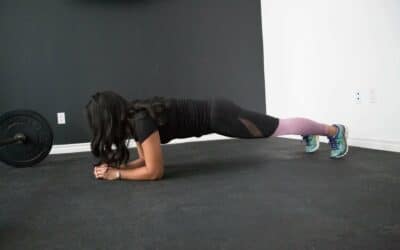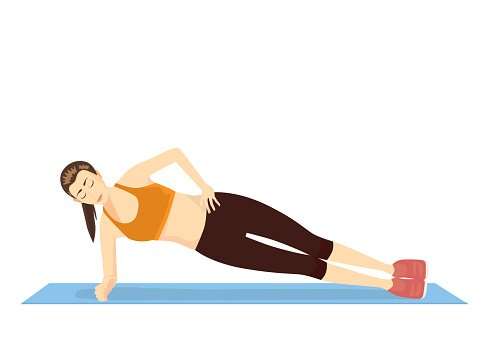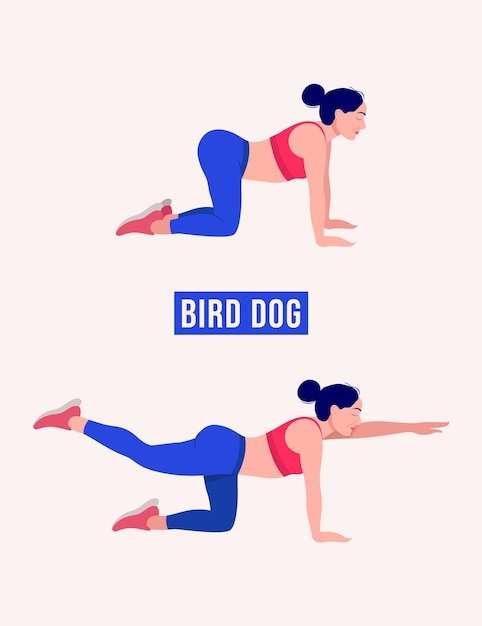3 SIMPLE EXERCISES
UNDERSTANDING YOUR BODY
NECK AND BACK PAIN
As a Gonstead chiropractor I treat patients daily who suffer with neck and back pain. The cause of their pain can be caused by a range of issues. From the more severe cases like a spinal disc injury to a sprained joint or strained muscle.
The spine is made up of 24 moveable vertebrae. When the vertebrae (bones I the spine) are in a proper alignment they protect the nerve system. The fact that they can move allows us to bend, twist and be athletic. At the same time their ability to move leaves the vulnerable to shifting and getting stuck out of proper alignment. When this happens the vertebrae cause the nerves to become obstructed, causing pain & other symptoms.
TECH NECK
Tech neck is easy to see. When you look at someone from the side and see that their ear is in front of their shoulder, it is likely that they have tech neck. Tech neck has a few different names including anterior head syndrome & forward head posture. Whatever term you prefer, it is caused when stress us placed on the upper spine. It may be a macro-trauma, like a whiplash injury, or micro-traumas, like poor posture or looking forward & down while on the phone or computer (hence the name tech neck). The physical stress placed on the spine causes wear & tear of the discs leading to a change in the structure of the spine.
When the structure of the spine changes the person can experience symptoms like a sore & stiff neck. If the tech neck is not corrected it will continue to get worse along with an increase in the frequency and or intensity of the symptoms. More serious symptoms of tech neck include headaches & migraines or numbness & tingling into the shoulders, arms & hands.
SPINAL COLUMN
The joints in the spine are connected by a ligament called a spinal disc. The disc acts like a spacer that maintains an opening for nerves to exit the spine and connect (like electrical wires) to other tissues and organs in the body. When proper signals sent from the brain, through the nerves to the body, the body functions optimally. But when the signal is obstructed the body cannot function properly and over time pain & symptoms show up.
MOVEMENT FOR THE BODY & SPINE
Movement plays an important role for the body and the spine. It allow us to, stress our muscles so they can rebuild stronger, burn calories and sugars in the blood stream to prevent obesity & diabetes type 2 (diet also plays an important role). Many people don’t know that movement also keeps the joints healthy. A process called imbibition allows the spinal discs to push toxins out of the disc and pull healthy fluid and nutrients into itself. This process is vitally important because there is very little blood flow to the spinal discs.
When the joints in the spine shift and get stuck it prevents the process of imbibition to occur. Over time leading to degeneration of the disc and osteoarthritis.
THE CORE
The core of our body plays a fundamental role in the health of the spine. These muscles help stabilize the spine and allow us to stand erect. Most people only think about the anterior (front) core but there we also have a lateral (sides) core and a posterior (back) core. The muscles that are associated are the rectus abdominus (anterior core), the external oblique (lateral core) and erector spinae (posterior core).THREE HEALTHY EXERCISES FOR SPINE HEALTH
Today I want to share with you 3 healthy exercises that you can do from the comfort of your own home to maintain and strengthen your core. These exercises are not the only exercises that can be performed to strengthen the core but they are simple enough for most people to perform. All of these exercises can be performed with a yoga mat. I always recommend that you never stretch or perform an exercise (including these) if it causes any pain. You should also speak to your personal health care provider about performing these exercises to make sure they are right for you, every case is different.EXERCISE 1 : FULL PLANK

EXERCISE 2 : SIDE PLANK

EXERCISE 3 : THE BIRD-DOG

GONSTEAD CHIROPRACTOR IN DENVER
As a Gonstead Chiropractor in Denver, I use an objective measurement to find structural shifts in the spine as well as nerve irritation. My goal is to make a long-term correction of the spine back within a normal functional range. This is very similar to how an orthodontist corrects the alignment of teeth.
We use objective indicators such as nervoscope, posture analysis & Xray (if needed) to identify structural shifts of the spine. This is similarly to how an engineer assessing the structural integrity of a building. I pair the information that we find to create a well-rounded care plan to help patients get from where they are to where they want to be.
